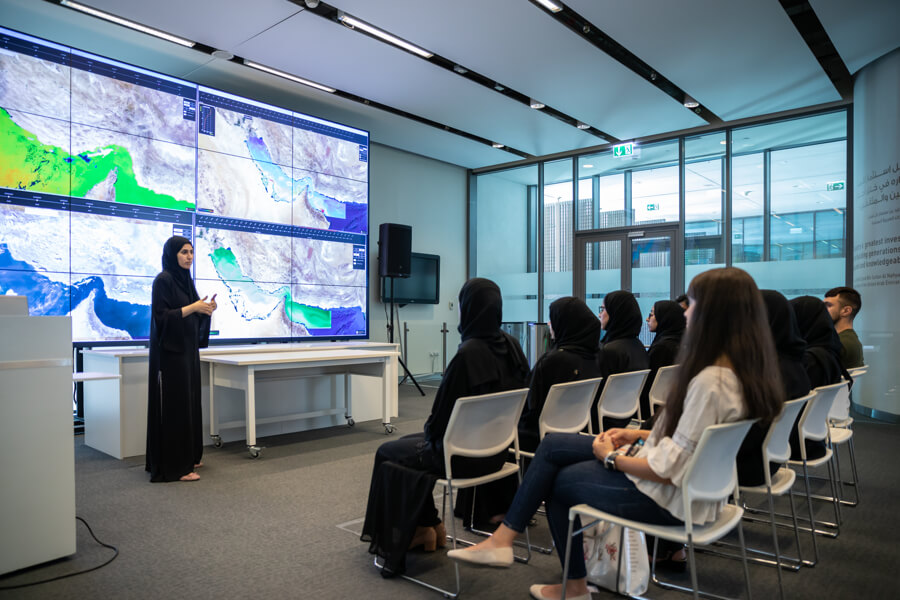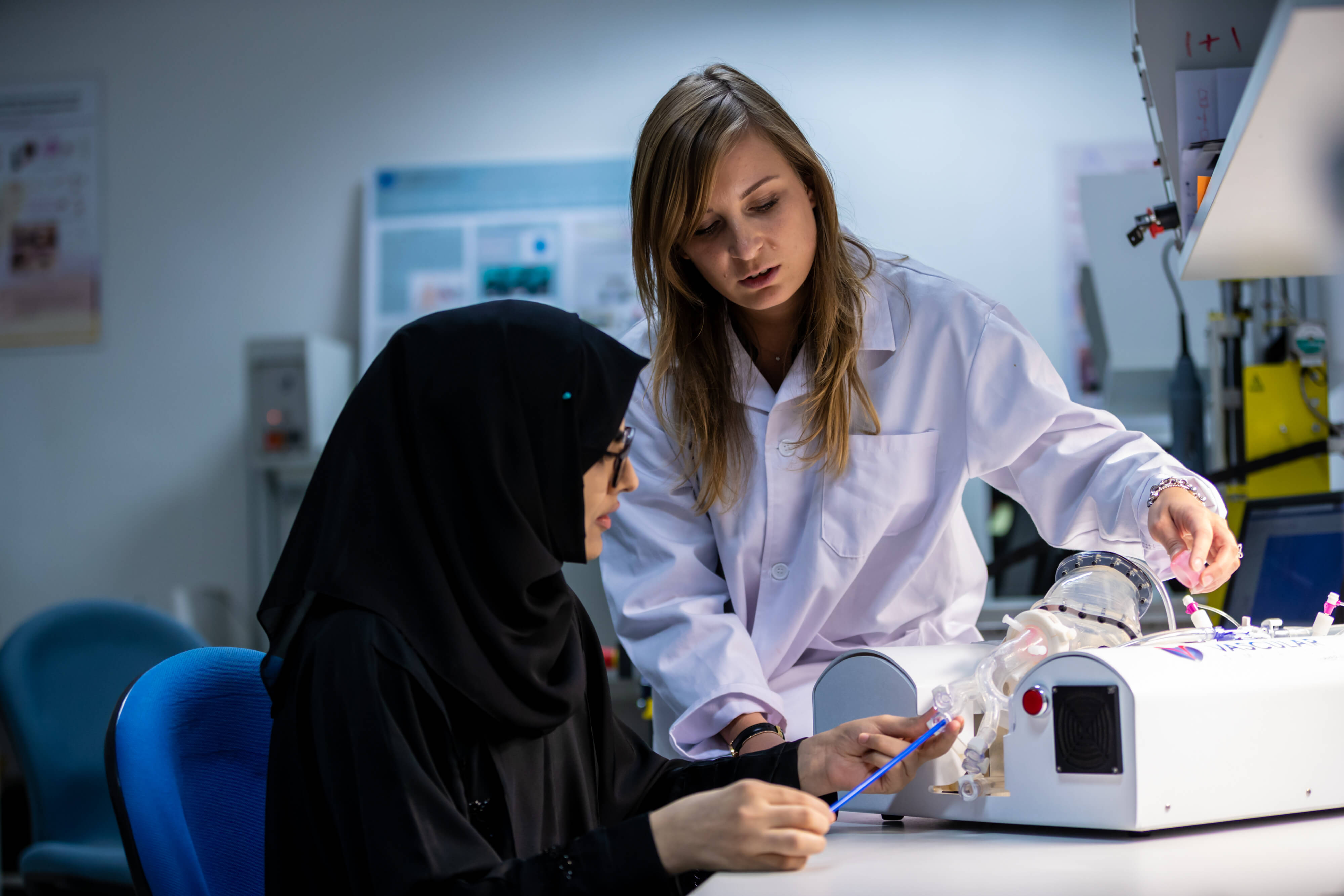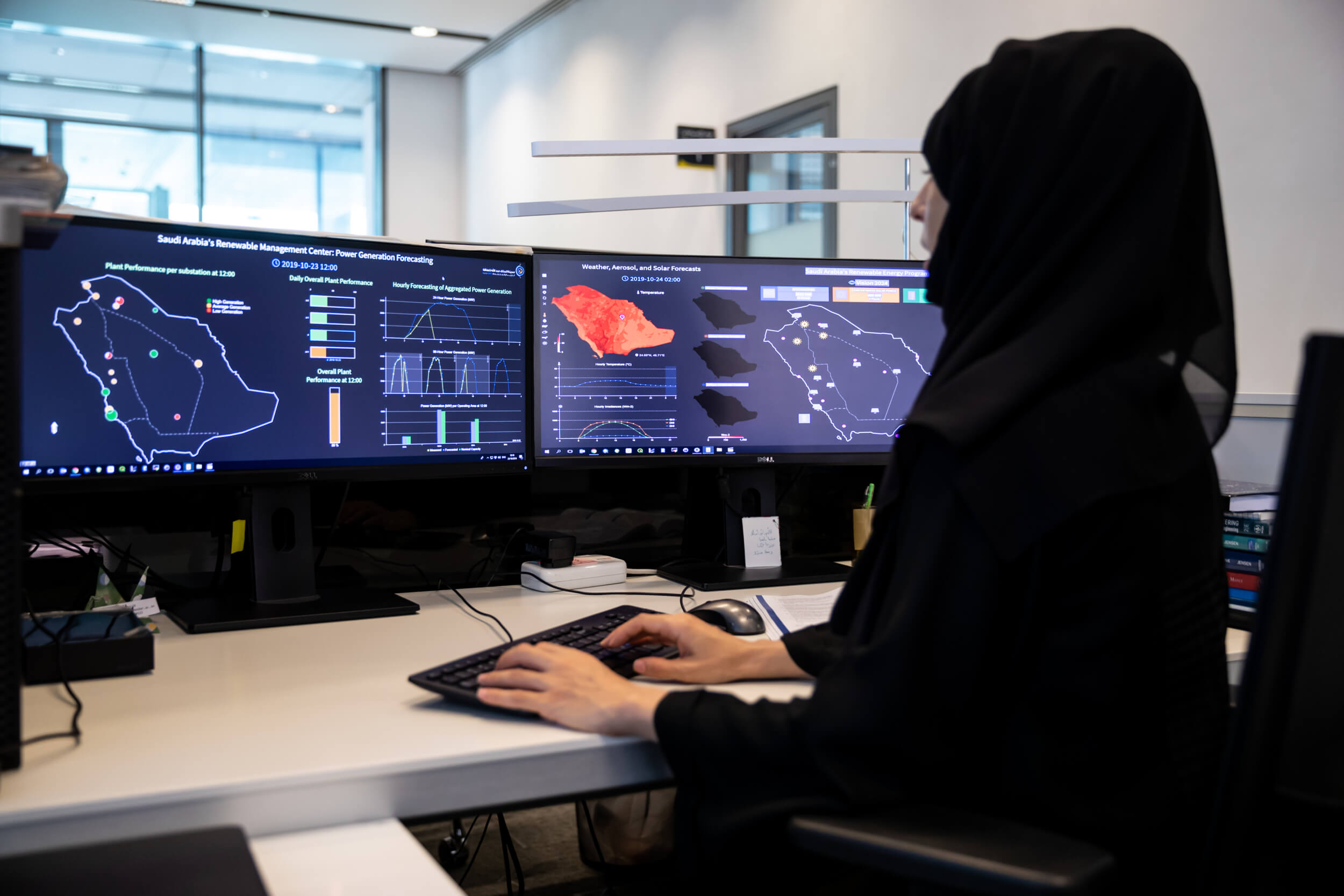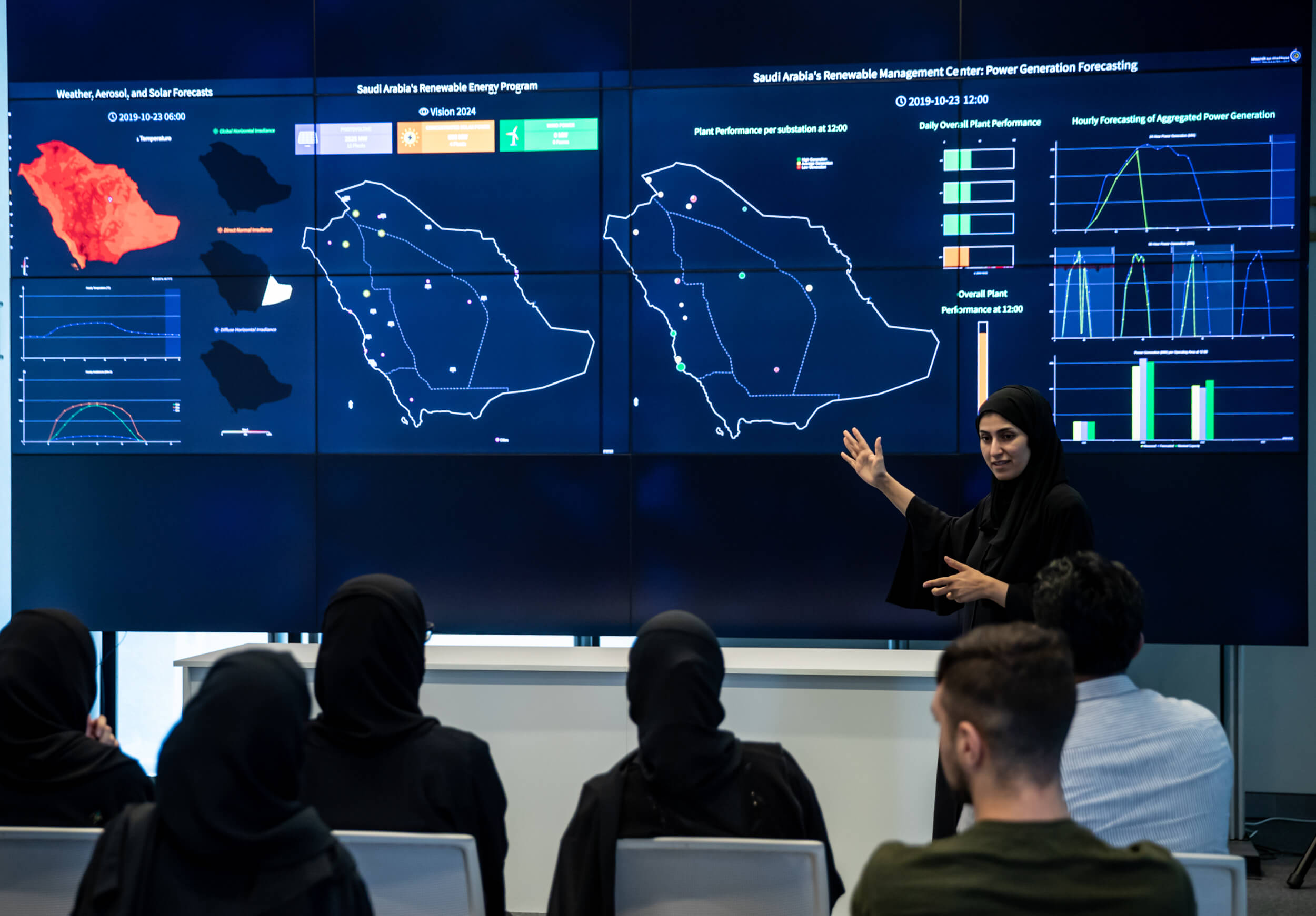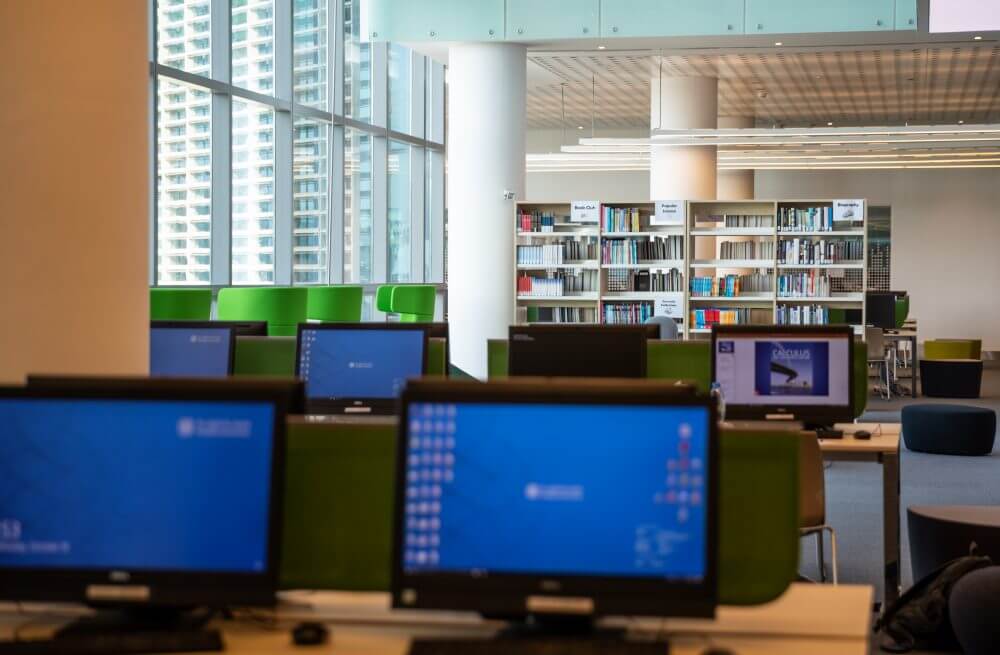Intelligent design can help Abu Dhabi become more sustainable and healthy by supporting a pedestrian culture, Masdar Institute Assistant Professor of Sustainable Critical Infrastructure Dr. Khaled Al Awadi says.
While it is typically assumed that the UAE’s hot climate prevents many residents from using walking as a means of transportation, Dr. Al Awadi says his research reveals that in fact many residents rely on foot-power to get around.
“Such research supports the value of sustainable urban design and intelligent modifications to help motivate even more Abu Dhabi residents to walk instead of drive, especially for short distances, reducing carbon emissions and improving general public health,” he explained.
Dr. Al Awadi developed a walkability study of Abu Dhabi’s main island that he hopes will provide the primary data required to facilitate the development of policies, designs and systems that will support greater sustainability and walkability of the emirate’s urban center.
In modern urban planning, walkability – a measure of how safe and convenient it is to travel by foot through a city – is considered a critical infrastructure, which is essential to the health, safety, security and economic well-being of a city’s inhabitants.
Improving walkability of urban centers is one of Abu Dhabi’s strategic goals. The Department of Transport released the Walking and Cycling Plan last year to double its walkways, crossings for pedestrians and bike lanes by 2020 to drive a healthier life by encouraging more people to walk and cycle and enjoy the outdoor life.
“If we want to increase pedestrian traffic, we need to make changes to the built environment so that the city becomes more conducive to walking. The aim of this research project is to help policy makers and researchers identify how and where to make the most optimal changes to the built environment in order to achieve the greatest impact on the city’s walking environment,” Dr. Al Awadi said.
Previous studies of walking habits in the Gulf Cooperation Council (GCC) found that most people walk in shopping malls and for entertainment or fitness purposes, but Dr. Al Awadi’s research indicates that most people walk for more specific reasons, including to get to the bus stop, to go to work, or to run daily errands.
Joined by three students from Masdar Institute’s Sustainable Critical Infrastructure Program, Victoria Hernandez, Jiin Baek and Aysha Alhosani, Dr. Al Awadi studied the walking environment in six Abu Dhabi neighborhoods. Because walkability is strongly influenced by socio-economic status and the built environment – including land use, urban form, street systems and landscape design – the neighborhood were selected based on diversity in their built environment and demographic composition.
The team began spatial analysis of the sites by analyzing geographic information system (GIS) data provided by Abu Dhabi Systems and Information Center (ADSIC). They applied MIT’s software tool, called “Urban Network Analysis,” and the Space Syntax program, which was developed by the University College London to study the influence of street systems, location of buildings, and land use types on physical activity.
This analysis was followed by intense site observation and face-to-face interviews. The team divided the research area into 15 block segments to analyze the walking behavior on each block. They surveyed around 85 people per block between the months of April to November to find out why people walk, which type of people walk, and when they walk.
The team found that though many people do walk for fitness and leisure – roughly 49% – the majority of people actually walk for a particular purpose – 17% walk to the bus, 15% walk to work, 14% walk to a specific place, and 4% walk to visit neighbors.
Another important finding of the study was an exact measure of when walking takes place. The majority of walking takes place in the evening – 57% walk between 6pm and 9pm – while the second most frequently walked time is early in the morning – 17% walk between 6am and 9am. However, another 17% are walking in the middle of the day, between 9am to 6pm. The majority of walkers spend less than 10 minutes on their walk.
“This study provides us with relevant data regarding the walking habits of the people of Abu Dhabi. Our findings indicate that many people walk for specific utilitarian reasons, yet limit their time to less than 10 minutes. Though most walk during the cooler times of the day, a significant number of people are walking midday, and perhaps this number would increase if measures were taken to make walking more pleasant during the hottest part of the day,” said Dr. Al Awadi.
He believes that the built environment directly supports people’s walking environment and their walking habits.
“We want to get more people walking in order to reduce reliance on cars, which will simultaneously decrease the city’s carbon emissions and promote healthier habits,” he explained.
Abu Dhabi Island is composed of dense, urban neighborhoods that exhibit proximity, diversity and connectivity, but the built environment requires improvement to encourage more walking. In a severely hot, desert climate like Abu Dhabi, cooling the air can significantly impact people’s walking habits. Techniques to increase shading, which affects the absorption of heat, coupled with techniques to increase wind movement between buildings can significantly help cool the air.
“For example, Masdar Institute’s campus feels cooler than the main Abu Dhabi Island because it is designed with these cooling techniques,” said Dr. Al Awadi. “Providing sufficient shade and reducing the temperature by at least 3 degrees Celsius would make a big difference, especially for short trips.”
The research team is now looking to conduct further studies of the sun angle in various locations throughout the city to facilitate landscaping and the construction of shading structures and retrofitted building facades that will provide ample shading and cooling. This study aims to enhance the microclimate of Abu Dhabi neighborhoods by utilizing shading structures, building form, and native trees.
Dr. Al Awadi has presented his team’s findings to the Department of Municipal Affairs (DMA) and the Department of Transportation (DOT) already.
In January, Dr. Al Awadi will head to the Massachusetts Institute of Technology (MIT) where he will spend a year working in MIT’s Center for Advanced Urbanism on an extension of his urban planning projects. One major project is titled “Mapping Abu Dhabi’s Native-Born Neighborhoods: Scenario Planning and Design of New Sustainable Neighborhood Forms.”
This project seeks to develop a sustainable neighborhood model in Abu Dhabi, which will include sustainable building forms, housing typologies, street systems, energy efficiency, resiliency, and optimal urban planning designs and regulations.
Research projects, like Dr. Al Awadi’s walkability study, seek to accelerate the sustainable urban development of Abu Dhabi and the wider UAE. These projects advance the mission of Masdar Institute’s Sustainable Critical Infrastructure Program, which it launched in 2014 to help integrate sustainable urban infrastructure systems into urban planning and transportation systems.
Erica Solomon
News and Features Writer
17 December 2015


